Oak Wilt Disease is a severe and often fatal disease that affects oak trees. It's caused by the fungus Bretziella fagacearum, leading to significant mortality in oak populations. The disease is prevalent in the United States, particularly in the Midwest and Chicago area. Understanding this disease is vital for arborists, landscapers, and homeowners who want to protect oak trees.
Symptoms of Oak Wilt Disease
Leaf Discoloration
Leaves affected by Oak Wilt may turn pale green, yellow, or brown. This discoloration often starts at the tips and margins and progresses inward. It's one of the first visible signs of infection and can be a clear indication of the tree disease's presence.
Wilt
The leaves of infected trees may wilt, giving the tree a sickly appearance. This wilting can lead to premature leaf drop, further weakening the tree and making it more susceptible to other diseases and pests.
Vein Necrosis
Dark streaks may appear on the leaf veins, a symptom known as vein necrosis. This can be a clear indication of Oak Wilt and requires immediate attention.
Dieback
Branches may die back from the tips, leading to a gradual decline in the tree's health. Dieback can occur rapidly, particularly in red oaks, leading to the death of the tree within a few weeks to months.
Diagnosis of Oak Wilt Disease
Diagnosing Oak Wilt Disease involves a combination of visual inspection, laboratory testing, and specialized tools. Visual inspection includes looking for symptoms such as leaf discoloration and wilt. Laboratory testing may involve taking samples of the affected leaves or wood and analyzing them for the presence of the fungus. Specialized tools, such as pressure tests, can detect the fungus in the tree's vascular system.
Transmission and Spread of Oak Wilt Disease
Root Graft Transmission
Adjacent oak trees often form interconnected root systems, allowing the disease to spread. This root graft transmission is a significant factor in the rapid spread of the disease. Breaking these root connections through trenching or other means can help contain the disease.
Insect Vectors
Sap-feeding beetles, particularly the oak bark beetle, can carry spores from infected to healthy trees. These beetles are attracted to the sap oozing from wounds on infected trees. Managing these insect vectors through proper pruning practices and other means is essential in controlling the disease.
Treatment of Oak Wilt Disease
Fungicides
Specific fungicides, such as propiconazole, can be injected into the tree to combat the disease. This treatment must be administered by professionals and is often more successful in white oaks than in red oaks.
Pruning
Infected branches should be pruned and properly disposed of to prevent further spread. Pruning should be done during the dormant season or when the risk of infection is low, and tools should be sanitized between trees.
Management of Oak Wilt Disease
Root Barrier Installation
Installing root barriers can prevent root graft transmission between adjacent trees. These barriers can be physical, such as metal or plastic, or chemical, using soil fumigants. Root barrier installation is a specialized task that should be done by professionals.
Avoid Pruning During Active Periods
Pruning during active periods can attract sap-feeding beetles. It's essential to avoid this practice during the growing season when the fungus is most active. If pruning is necessary, it should be done during the dormant season or when the risk of infection is low.
Economic and Ecological Impact of Oak Wilt Disease
Oak Wilt Disease has significant economic implications, affecting the timber and ornamental oak industries. The loss of valuable oak trees can have far-reaching economic consequences. Ecologically, oaks play a vital role in ecosystems, providing habitat and food for various wildlife species. The loss of oaks can disrupt these ecosystems and lead to a loss of biodiversity.
Prevention of Oak Wilt Disease

Education and Awareness
Educating the public and professionals about Oak Wilt Disease is crucial for prevention. Workshops, brochures, and online resources can help spread awareness and teach proper prevention techniques.
Sanitation
Proper handling and disposal of infected material can prevent the spread of the disease. This includes sanitizing pruning tools and properly disposing of infected wood.
Future Research on Oak Wilt Disease
Genetic Resistance
Researching resistant oak species can lead to long-term solutions to Oak Wilt Disease. Identifying and propagating resistant varieties can be a sustainable way to manage the disease.
Integrated Management Strategies
Developing comprehensive strategies for control and prevention is essential for managing Oak Wilt Disease effectively. This includes a combination of cultural practices, chemical control methods, and biological controls.
Oak Wilt Disease is a complex and devastating disease that requires concerted efforts for management and prevention. Ongoing research, public awareness, and collaboration between researchers, practitioners, and policymakers are vital in combating this disease and preserving oak populations. By understanding and implementing proper management strategies, we can work together to minimize the impact of this disease and protect our valuable oak resources.
Progressive Tree Service is a professional tree service company located in Evanston, IL, serving the Greater Chicago area and North suburbs. With certified arborists on staff, our offer a wide range of services that can be particularly beneficial in the treatment and management of Oak Wilt Disease. Here's how Progressive Tree Service can help:
Progressive Tree Service: Expertise in Oak Wilt Disease Management
Certified Arborists On Site
Progressive Tree Service employs ISA Certified Arborists who have the specialized knowledge and experience required to diagnose and treat Oak Wilt Disease. Our certification ensures that our follow the best practices in arboriculture.
Tree Inspections and Disease Management
Preventing and managing tree diseases, including Oak Wilt, is one of our core services. Our work with local arboretums and the Botanical Garden, reflecting the trust and credibility we have earned in the field.
Innovative Treatment Approaches
We offer innovative solutions to tree care, understanding the value of trees and approaching each project with creativity and energy. Our experience with a wide range of Chicago tree services ensures that we can handle Oak Wilt Disease effectively.
Emergency Tree Service
Progressive Tree Service offers 24-hour emergency service, ensuring that urgent issues, such as removal of hazardous trees, can be addressed promptly.
Education and Consultation
We take the time to understand unique tree service needs and can provide education and consultation on Oak Wilt Disease. This includes advising on the best course of action, whether it's treatment, pruning, or removal.
Sustainable and Affordable Tree Care
Progressive Tree Service employs a wholesome and sustainable approach, offering one of the most affordable tree care services. This ensures that managing Oak Wilt Disease doesn't have to be a financial burden.
Conclusion: Progressive Tree Service for Oak Wilt Disease
Progressive Tree Service's certified arborists, innovative approaches, and commitment to customer satisfaction make them a reliable choice for managing Oak Wilt. Whether it's diagnosis, treatment, or prevention, our comprehensive services ensure that oak trees receive the best care possible.
Our philosophy emphasizes understanding individual goals and working to make visions a reality. With over 10 years of innovative experience and a focus on sustainable and affordable care, Progressive Tree Service stands as a valuable resource for those facing Oak Wilt Disease in the Greater Chicago area.
For more information or to request a free quote, you can contact Progressive Tree Service at (847) 530-1533 or visit our website.

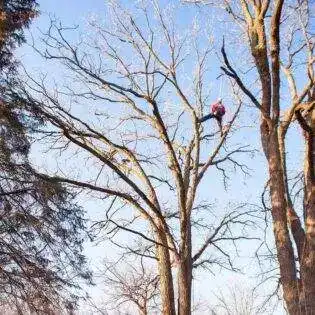
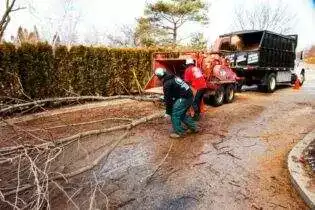
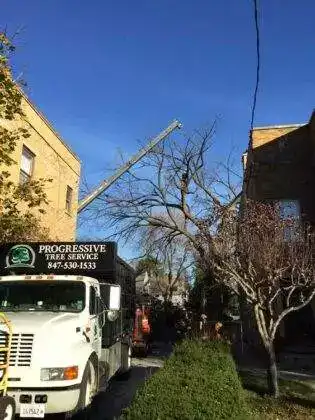
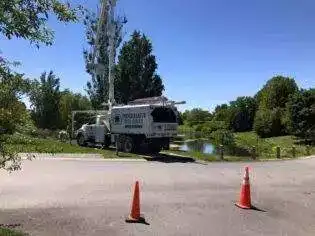
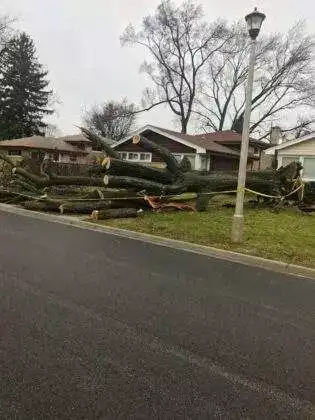
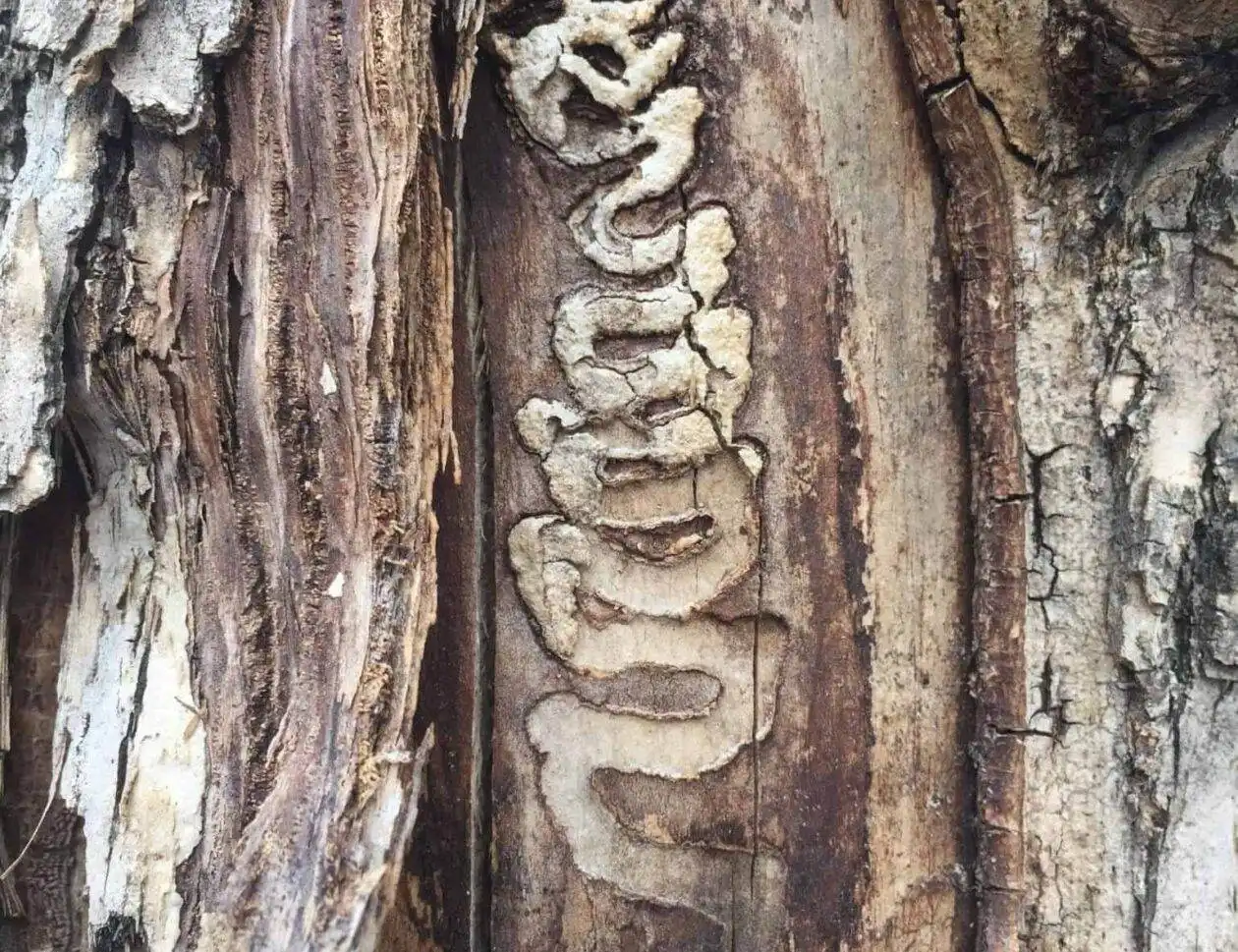
You must be logged in to post a comment.